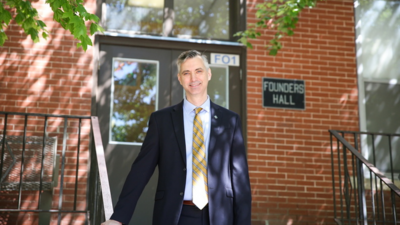Cultural Competence and Understanding

Teaching English to speakers of other languages (TESOL) or working in English as a Second Language (ESL) education is about much more than grammar rules and vocabulary lists. At its heart, effective language instruction is about connecting with learners, respecting their cultural backgrounds and fostering an environment where all students feel valued and supported. Cultural competence, the ability to understand, appreciate and interact across cultural differences, is a cornerstone of successful TESOL or ESL practice.
Why Cultural Competence Matters
Language learning is deeply tied to identity, culture and worldview. For many English learners, the classroom is not only a space to master a new language, but also a place where they navigate new cultural norms. Teachers who demonstrate cultural competence help reduce barriers to learning, create inclusive classrooms and build trust with students and their families.
When educators lack cultural awareness, misunderstandings may arise that discourage participation or hinder academic progress. For example, some cultures value group harmony over individual expression, which might affect how students engage in class discussion. Understanding the nuances of cultural norms can help allow teachers to meet students where they are and encourage growth without inadvertently dismissing or devaluing their experiences.
Building Cultural Competence in the Classroom
Cultural competence is an ongoing practice of reflection, learning and adaptation. TESOL and ESL educators can take intentional steps to create classrooms that welcome and celebrate different cultures.
- Learn about your students’ backgrounds. Taking time to understand students’ cultural traditions, home languages and educational experiences can help teachers anticipate challenges and leverage strengths. Even small gestures, like learning how to pronounce a student’s name correctly, communicate respect.
- Incorporate multicultural content. Using texts, examples and resources that reflect a variety of cultures validates students’ experiences and broadens the perspectives of all learners. Literature, music and art from different cultures not only make lessons engaging but also foster empathy among classmates.
- Practice cultural humility. Cultural competence is less about mastering facts about every culture and more about maintaining an attitude of openness, curiosity and respect. Teachers should approach students as experts in their own experiences and be willing to listen, learn and adapt.
- Encourage communication. Classroom structures can unintentionally favor certain communication styles. Providing multiple ways for students to participate, whether through group work, written reflections or hands-on projects, ensures all learners can contribute meaningfully.
- Build strong family and community partnerships. Engaging with families and community organizations help create a support system for students. Families often carry valuable insights about a student’s learning style, cultural background and goals. When educators respect and include families in the learning process, students are more likely to thrive.
Benefits Beyond the Classroom
Cultural competence in TESOL or ESL education extends beyond academic success. Students who feel understood and valued gain confidence, build stronger social connections and develop resilience as they navigate new environments. Classmates also benefit by gaining a deeper understanding of global perspectives, preparing them to live and work in increasingly diverse communities.
For teachers, developing cultural competence enriches professional practice and fosters personal growth. It encourages lifelong learning and the development of patience and creativity, qualities that strengthen teaching in any subject area.
Preparing Educators for Global Impact
As schools, workplaces and communities become more interconnected, the need for culturally-responsive educators continues to grow. TESOL and ESL professionals not only teach language but also serve as cultural guides, advocates and bridges between communities. By prioritizing cultural competence, educators equip their students with the tools to succeed academically, socially and professionally in a globalized world.
Take the Next Step at Concordia University, Nebraska
For educators passionate about supporting English learners, advanced preparation makes a lasting difference. Concordia University, Nebraska’s Master of Education in TESOL program equips teachers with both the linguistic expertise and cultural understanding needed to help students succeed. With a strong emphasis on faith, service and global engagement, Concordia’s program prepares educators to create inclusive learning environments where every student feels known and valued.
Whether you’re a classroom teacher seeking to better support multilingual learners or an aspiring ESL specialist, Concordia University, Nebraska’s M.Ed. in TESOL provides the tools to make a meaningful impact in diverse communities around the world.
Interested in Concordia University, Nebraska's M.Ed. in TESOL?


